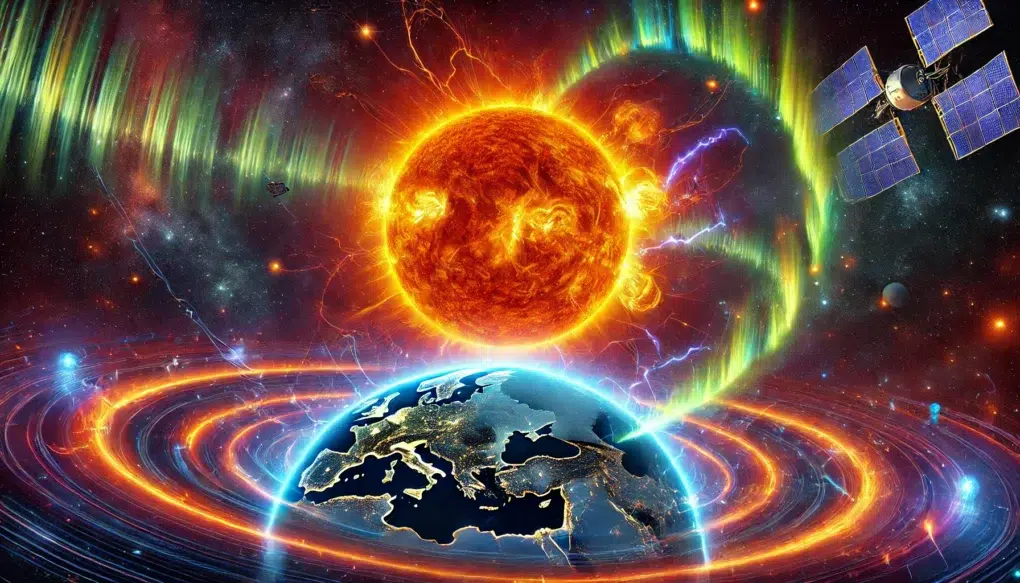What is a solar flare and how is it related to the Northern Lights?
Solar flares are powerful bursts of light and energy from the Sun. They occur when the Sun’s magnetic forces suddenly connect and release large amounts of energy. This energy can affect Earth and create the phenomenon we call the Northern Lights. Solar flares are often a sign of increased solar activity, but they don’t necessarily mean we will see the Northern Lights.
Solar flares are categorized into different classes based on their strength. The most common classes are A, B, C, M, and X, with A being the weakest and X being the strongest. The higher the class, the more powerful the flare. M- and X-class flares are the ones most likely to affect Earth. If they are linked to a coronal mass ejection (CME), which is a massive release of particles from the Sun, it can lead to noticeable effects on Earth.
- M-flare: When an M-flare is linked to a CME, it can take 1-3 days before we notice its effects on Earth. This can cause moderate geomagnetic storms and visible auroras at higher latitudes.
- X-flare: When an X-flare is linked to a CME, it can take as little as 18-24 hours before we feel the effects. X-class flares can cause severe geomagnetic storms, intense auroras, and disruptions to satellites, GPS systems, and power grids.
To determine if a solar flare is linked to a CME, further analysis is required. If the CME is heading toward us, the three-day forecast will show increased activity, and we can expect the Northern Lights in the coming days.
No solar flare data available.




